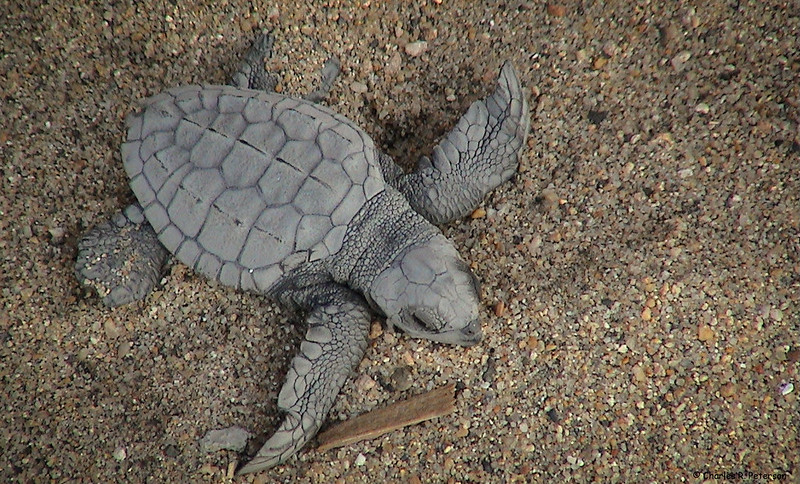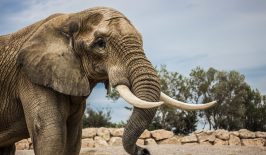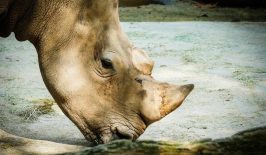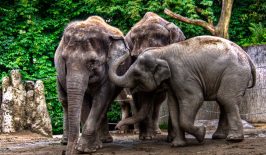It’s not often that American crime dramas and wildlife conservation crossover, but that’s exactly what has happened in the fight to protect sea turtles in Costa Rica. After taking inspiration from scenes in Breaking Bad and The Wire, an international team has developed fake turtles eggs containing GPS tracking devices. It is hoped these prototype trackers can help investigate the illegal black market for turtle eggs and better understand how it functions.
In Costa Rica and other areas of Central America, turtle eggs are considered by some as a seasonal delicacy and even an aphrodisiac. The trade in turtle eggs is relatively widespread but often occurs under the radar in bars and restaurants as well as door to door. Each egg only generally sells for around 1 USD, but with each nest containing up to 100 eggs, turtle nest raiding can become a lucrative operation.
To better expose this network, a team from the Durrell Institute of Conservation and Ecology at the University of Kent teamed up with Nicaraguan NGO Paso Pacifico to develop potential concepts. The project, developed in response to the Wildlife Crime Tech Challenge organised by the United States Agency for International Development (USAID), eventually arrived at the suitably named InvestEGGator – a decoy egg that can be tracked in real time.
Exposing the Turtle Egg Traffickers
Within two days, some of the decoy eggs began to move and provide potentially important information about how turtle eggs are transported and sold. In some situations, the eggs moved directly to bars and restaurants known to deal in the illegal sale of eggs. In others, they went to residential addresses, reinforcing the anecdotal evidence of door to door sales. Others, however, went on more ambitious journeys. One decoy egg was tracked to the rear loading bay area of a supermarket, where it remained several days before moving to a residential address. It is likely that the eggs were handed over from the original nest harvester to a more established trafficker, who then distributed them further.
In most cases, the eggs remained relatively local, suggesting a local market for their consumption, but others travelled further afield. In one case, a decoy egg travelled 43 kilometers to the more wealthy town of Cariari, while the longest journey clocked in at around 137 kilometres, suggesting the existence of an even a broader market.
In one case, Paso Pacifico received a photograph of a dissected decoy egg eleven days after it went silent in a residential area, with the sender also providing information on where and how they purchased the eggs. According to the researchers behind the project, this suggests locals may also be willing to help expose the networks.
Ultimately, the current project was merely a field test of the technology and did not result in any arrests or legal action. In fact, according to Helen Pheasey – the author of the resulting research paper in Current Biology – many of the local egg harvesters are already well known to local NGOs. It is hoped by tracking the movement of the eggs beyond the initial harvesters, the broader criminal networks behind their trafficking can be better understood and controlled.
However, such technology can only be one part of the solution. In many cases, a lack of economic alternatives is what drives individuals to raid and sell turtle eggs. As Pheasey explains, the eggs must be part of a broader effort consisting of increasing opportunities for locals, improving literacy rates and healthcare as well educating Costa Ricans about the impact of environmental concerns.





